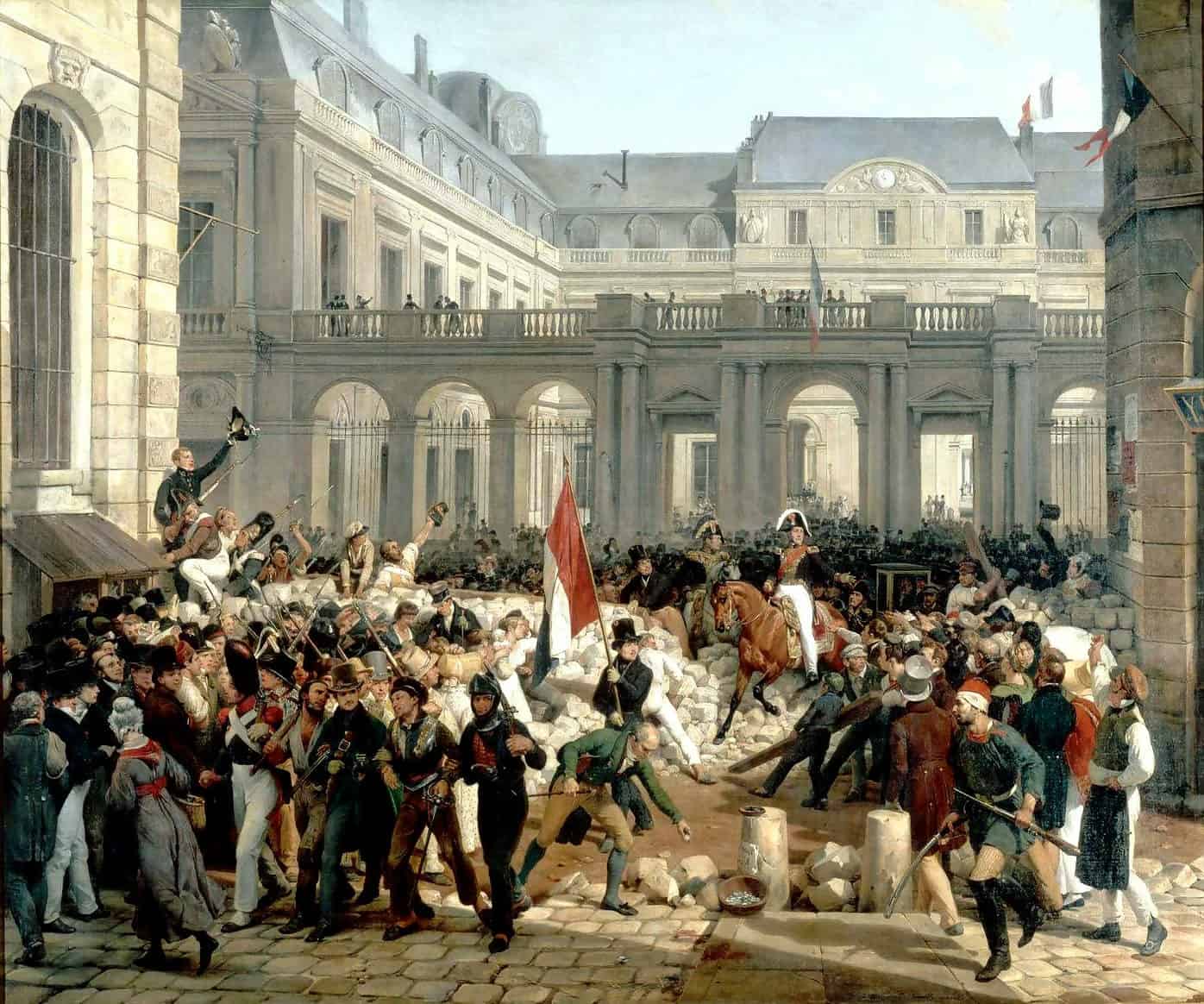Historical fiction is a literary genre that is defined as ‘written at least fifty years after the events described’ as described by the Historical Novel Society. Les Miserables, although not totally a historical novel, the story line that involves Enjolras, Marius and Friends of the ABC that centres around the June Rebellion is influenced by the actual events of the revolution and the political ideologies of Victor Hugo.
June Rebellion
Historical context
This phrase of the revolution, June 5 – June 6 1832, was sparked by the death of Jean Maximilien Lamarque from cholera (on June 1), an infection of the small intestine and an epidemic that was prevalent in France at the time, that most of the time resulted in death.
Lamarque was a commander to Napoleon and became a member of Parliament, it was his status as a war hero that caused the June Rebellion. His death caused ‘…fear and resentment over the threats to the population’s physical and economic well-being had reached a critical stage.’[1]It is reported that the students stormed the coffin shouting “down with Louis-Philippe, long live the Republic”.[2]
Les Miserables
In the book, Hugo uses Lamarque’s death as the catalyst for the uprising based on the June Rebellion, although it must be noted that Hugo wrote a romanticised version of the rebellion, shown in the 2012 movie adaptation.
Victor Hugo
During the time of writing Les Miserables (17 years, it was published in 1862) Hugo was experiencing a time of unrest in Paris. His ideologies are mirrored in the characters of Enjolras, Marius and the Friends of the ABC.
These ideologies were very broad and ranged from communist agitation, advocacy for democracy and supporting the levellers. These individuals were dissatisfied with the government and broke away from it, wanting to be more progressive overall.
Hugo heard the sound of gunfire on June 5th, as he was writing a play in the Tuileries Gardens coming from the direction of Les Halles. Hugo fled the deserted park, but instead of heading home he followed the sounds of gunfire through the empty streets. When he came to Les Halles, he saw that barricades surrounded him, realising what had happened he weaved his way through the streets till he came to an area where shops had been closed for some time. It was in the Rue du Bout du Monde (World’s End Street) where he took cover for fifteen minutes as the battle ensured, with gunfire from both directions.
Did you know?
In an interesting aside while researching this blog post was that I found out that that the main character of Les Miserables, Jean Valjean, was inspired by the life of Eugene Francois Vidocq.

Vidocq was a ex-convict who became a businessman. He was known for his engagement and philanthropy.When Valjean saves a factory worker by lifting a heavy cart on his shoulders, this is a direct story taken from Vidocq’s life, who assisted Hugo in research for two of his works based around true crime and the life of a criminal.He is considered to be the father of modern criminology. He was the first director of the Sûreté Nationale and became the first known private directive.
Footnotes
[1] Mark Traugott, The Insurgent Barricade, University of California Press, 2010, pp. 4–5[2] Philip Mansel, “Paris Between Empires – Monarchy and Revolution 1814–1852”

Leave a Reply